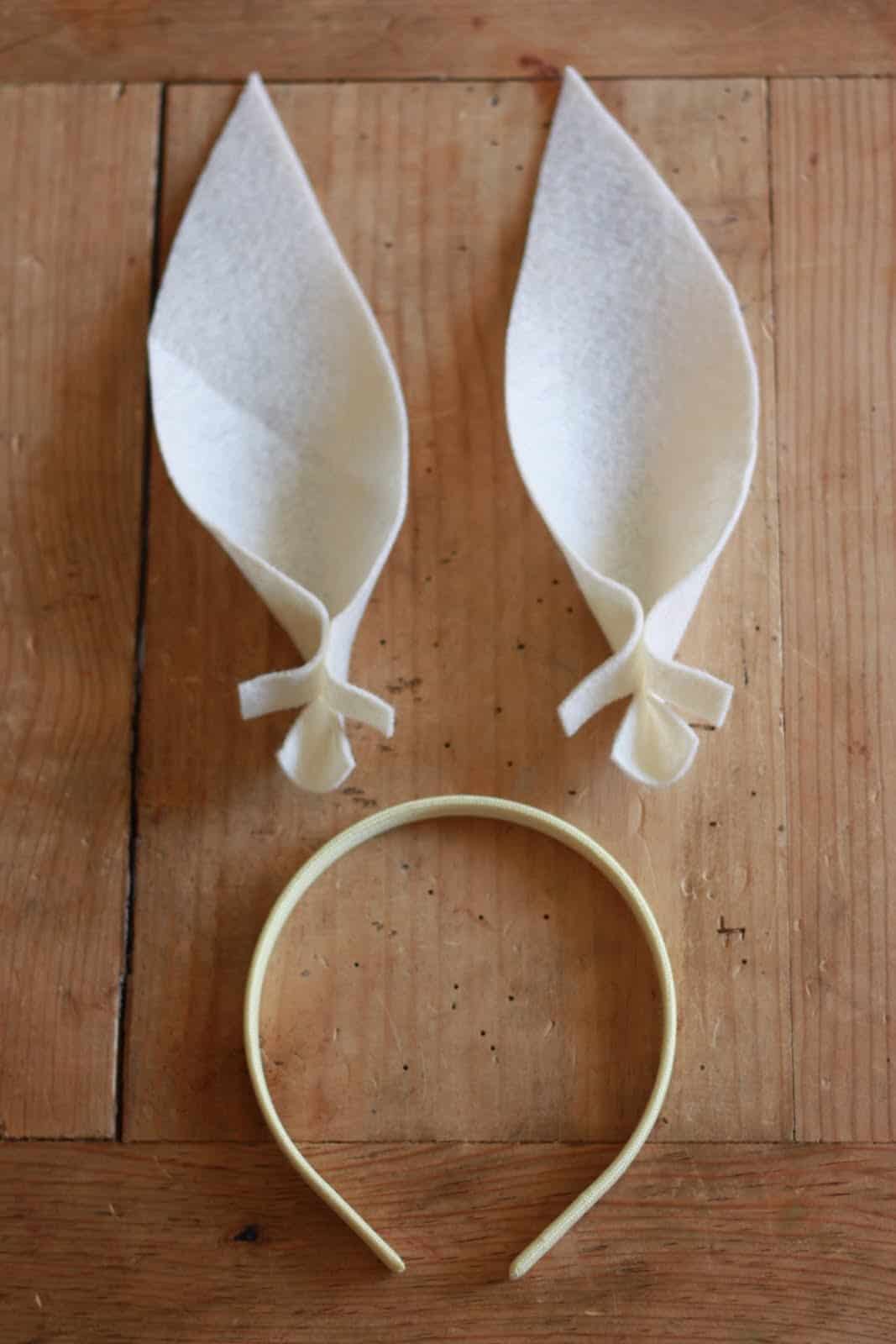Crafting Fun: How to Make Bunny Ears That Will Hop Right into Your Heart
Hey there, creative families! Are you looking for a delightful activity to share with your little ones? Making bunny ears is a hopping good time for parents and kids alike! Whether you’re prepping for a cute costume, gearing up for Easter, or just in the mood for some imaginative play, these fluffy accessories are sure to bring smiles and giggles. Let’s hop to it and learn how to create these adorable crafts together!
What You’ll Need to Make Your Bunny Ears
- Sturdy headband
- Construction paper or felt
- Scissors
- Pink and white crafting foam or fabric
- Glue or hot glue gun (with adult supervision)
- Wire (optional for poseable ears)
- Additional decorations (glitter, stickers, pom-poms, etc.)
Step-by-Step Guide to Making Bunny Ears
Step 1: Create Your Base
Begin by deciding the height and shape of your bunny ears. You can create your own template or use templates available online. Once you’ve traced the ears onto your chosen material (construction paper or felt), it’s time to cut them out. If you’re going for extra pizzazz, use grey or brown materials to mimic a real bunny’s fur.
Step 2: Add the Inner Ear
Cut out smaller pieces of pink crafting foam or fabric to fit inside the ears you’ve just made. This adds a pop of color and creates that iconic bunny ear look. Glue the pink pieces onto the larger ear shapes, and allow them to dry.
Step 3: Make Them Stand Up Straight
If you’d like your bunny ears to be poseable, cut a piece of wire slightly shorter than the length of the ear. Carefully glue the wire along the backside of each ear. This step is optional but adds a fun element of play when the ears can be adjusted to your liking!
Step 4: Glue the Ears to the Headband
Once the ears are dry and sturdy, it’s time to attach them to your headband. Position them where they look best to you – typically an inch or two apart at the top of the headband works well. Use your glue or hot glue gun to firmly attach each ear to the headband. Hold them in place until the glue sets.
Step 5: Optional – Make Them Fluffy!
For an extra touch of whimsy, you can add fluff to your bunny ears. Use cotton balls or white fabric to mimic the texture of real bunny fur. Glue these around the base of your ears where they meet the headband. You can even extend the fluff to cover the entire headband if you’d like!
Step 6: Add Your Personal Flair
This is where you and your kids can shine! Bedazzle your bunny ears with glitter, paint, stickers, or any other decorations you adore. Try weaving some ribbon around the headband or adding a cute bow to one side. The sky’s the limit when it comes to personalizing your craft.
Sharing the Bunny Ear Magic with Your Family
Making bunny ears is more than just a craft; it’s a memory in the making. Snapping photos of your kids in their homemade ears, having a pretend Easter Bunny tea party, or just enjoying a rainy afternoon of crafting are moments to cherish. And don’t be surprised if those bunny ears become a beloved part of your child’s dress-up collection!
Stay tuned for more crafting ideas that will have you leaping for joy. Our next section will cover creative variations on the bunny ear theme and tips for making durable, long-lasting ears that can withstand all the adventures your little bunnies can dream up. Crafting happiness is just around the corner!
Ready to hop on to the next portion of our guide? Keep an eye out as we continue to explore the wonderful world of making bunny ears. Share your creations with us, and let’s spread the joy of DIY crafting together!

5 Essential Tips for Parents Preparing to Make Bunny Ears
Choosing the Right Materials
When selecting materials for your bunny ears, consider durability and comfort. A sturdy headband will hold up better over time, especially during active play. Felt and crafting foam are soft and flexible, making them ideal for the ear shapes. Remember to opt for non-toxic glue, especially if young children are involved.
Ensuring a Snug Fit
One size does not always fit all, especially with little ones. Try on the headband before crafting to make sure it sits comfortably. If it’s too tight or too loose, it can be padded with foam or fabric, or you can use a flexible material like a ribbon that ties at the bottom for a custom fit.
Safety First
Supervision is key during any crafting activity. Scissors and hot glue guns can be dangerous, so keep them out of reach of smaller children. If using a hot glue gun, you can protect little fingers by applying the glue yourself and then letting your child position the materials. Alternatively, use child-safe glue sticks that work with a low-heat glue gun.
Consider Allergies
When adding fluff and extra decorations, consider any allergies. Cotton balls and certain fabrics might not be suitable for kids with sensitivities. Hypoallergenic materials are a safer bet and they’re just as fun to use!
Prepare for Messes
Glitter, glue, and paint can make for messy fun. Make sure your crafting area is well-prepared with newspaper, plastic sheets, or a disposable tablecloth. Have wet wipes or a damp cloth handy for quick cleanups. Dressing the kids in old clothes or aprons will also help keep their outfits free of stains.
With these tips in mind, you’re all set to create charming bunny ears that will be the highlight of your child’s imagination sessions. Remember, the key is to have fun and let your creativity bound freely – just like a joyful little bunny!
See more great Things to Do with Kids in New Zealand here. For more information see here
Disclaimer
The articles available via our website provide general information only and we strongly urge readers to exercise caution and conduct their own thorough research and fact-checking. The information presented should not be taken as absolute truth, and, to the maximum extent permitted by law, we will not be held liable for any inaccuracies or errors in the content. It is essential for individuals to independently verify and validate the information before making any decisions or taking any actions based on the articles.




